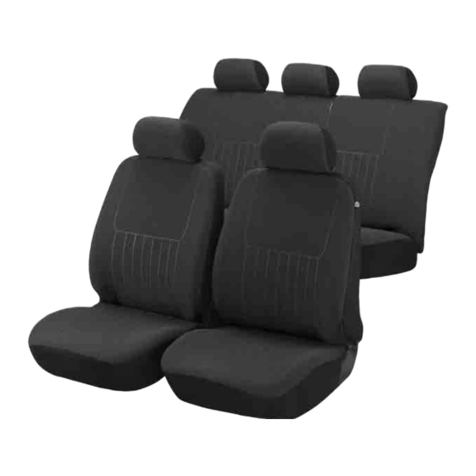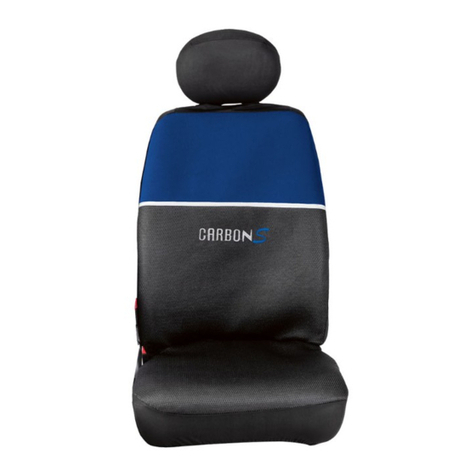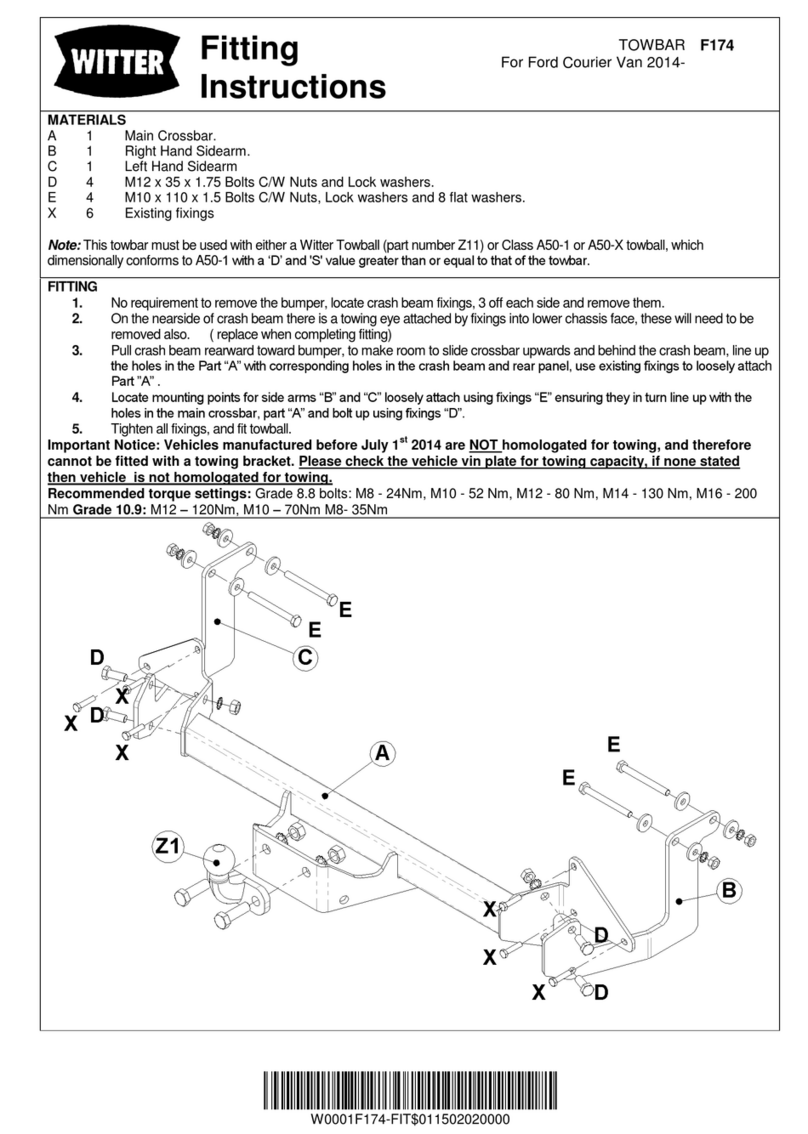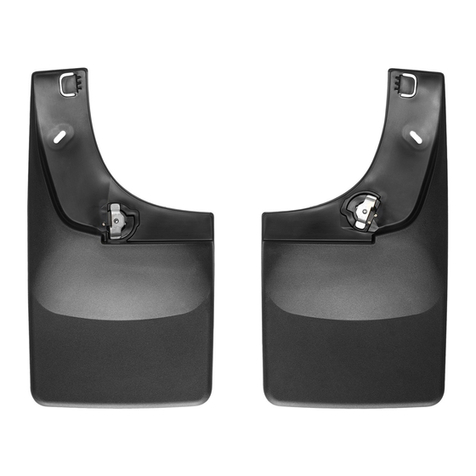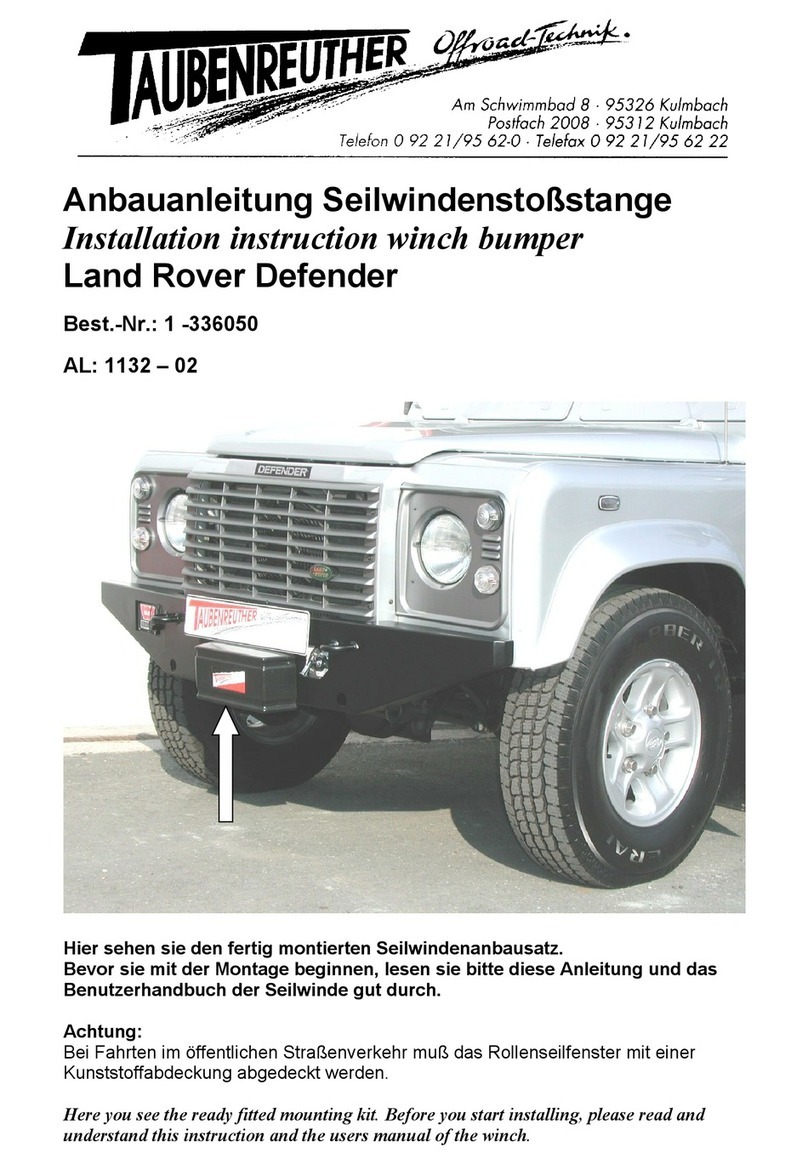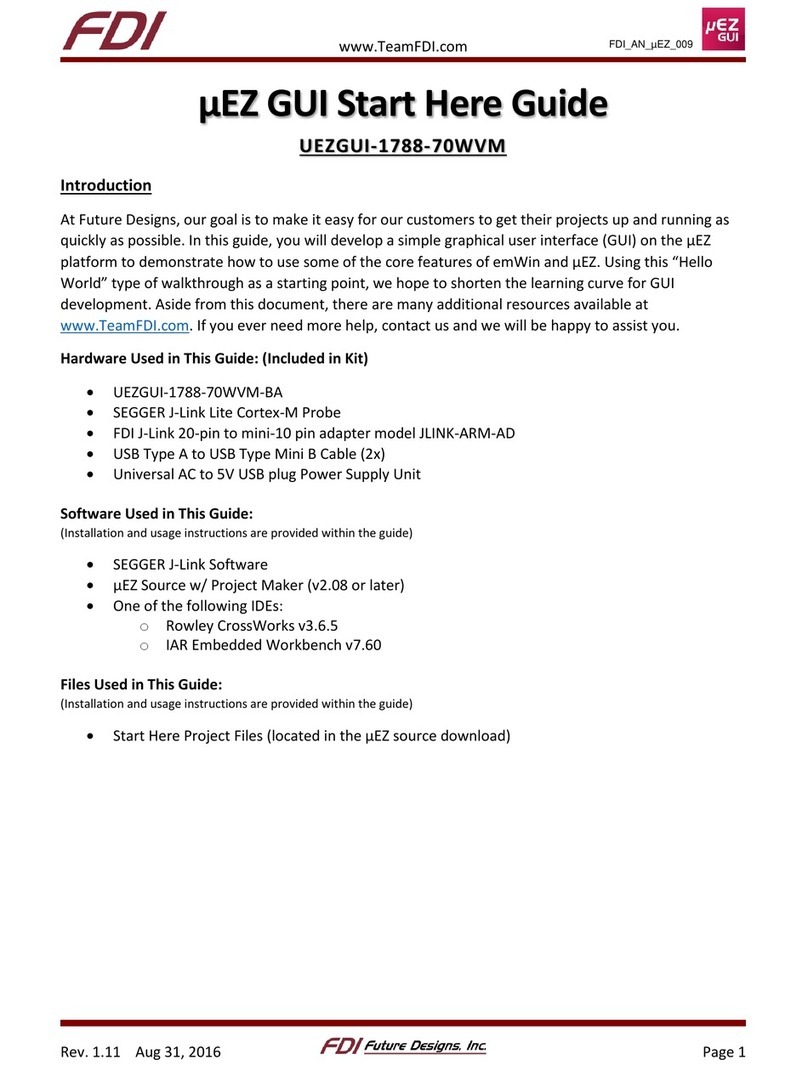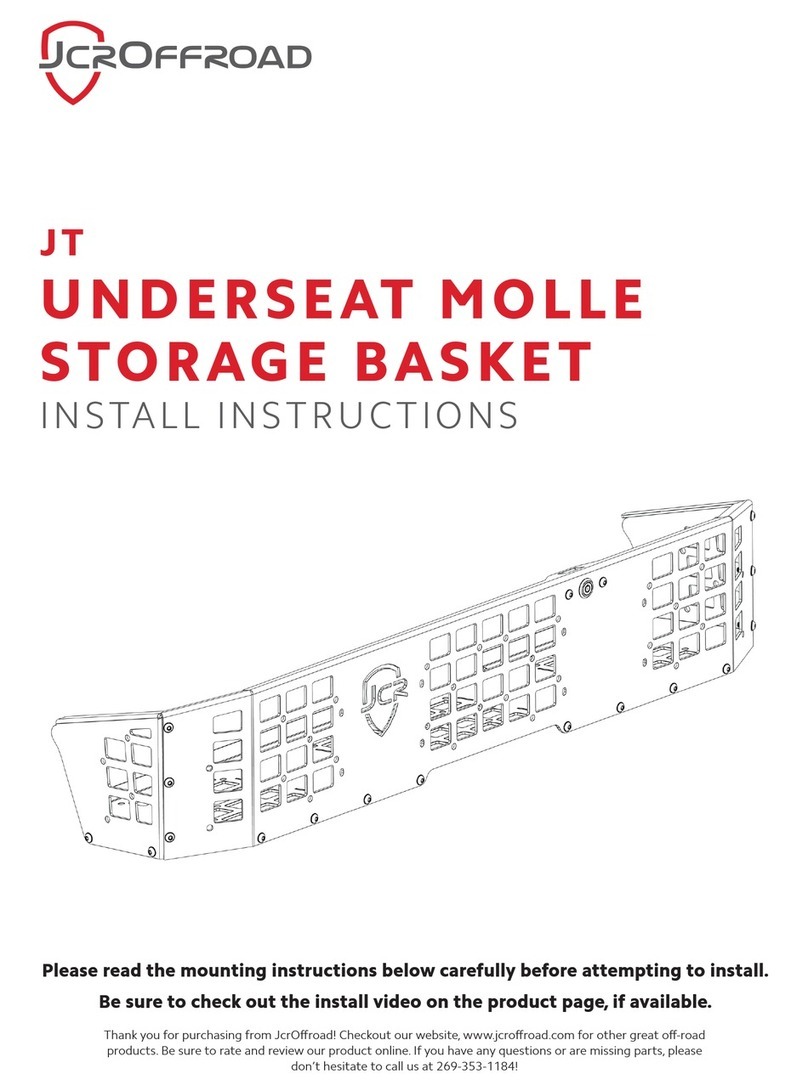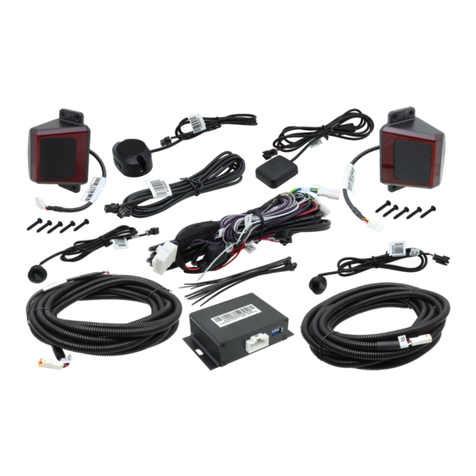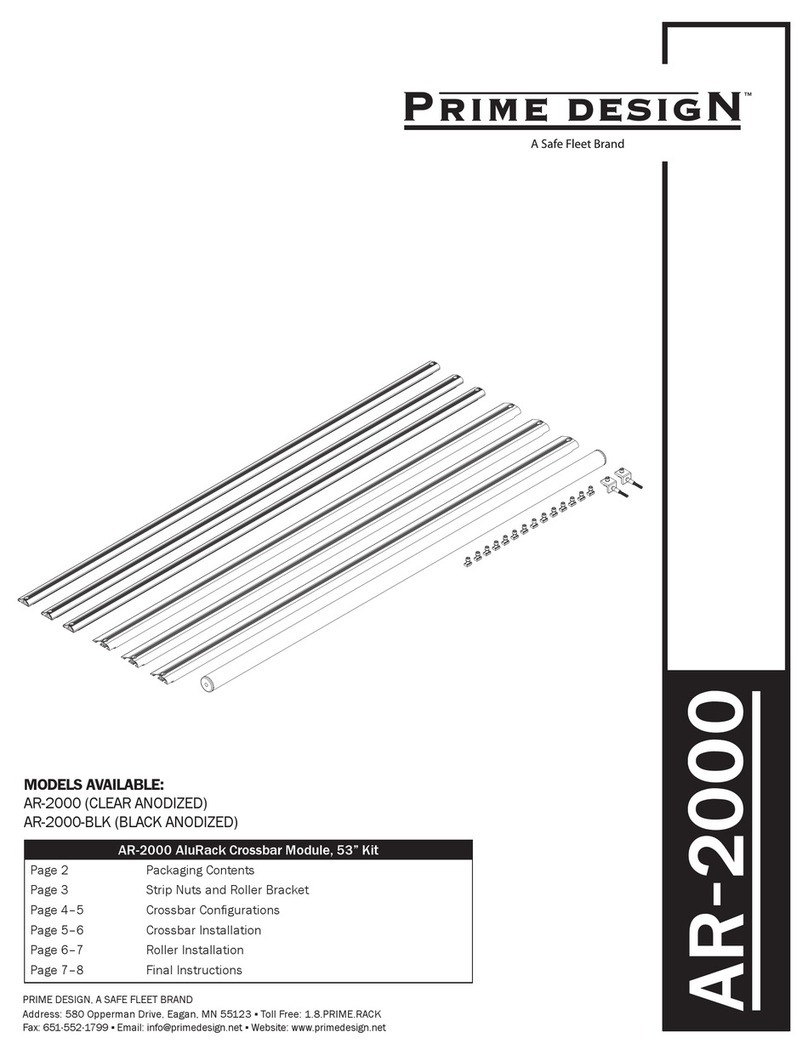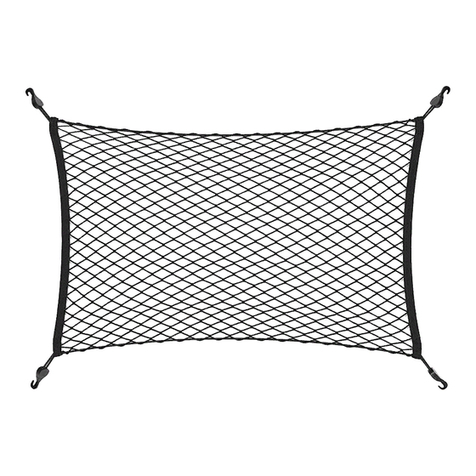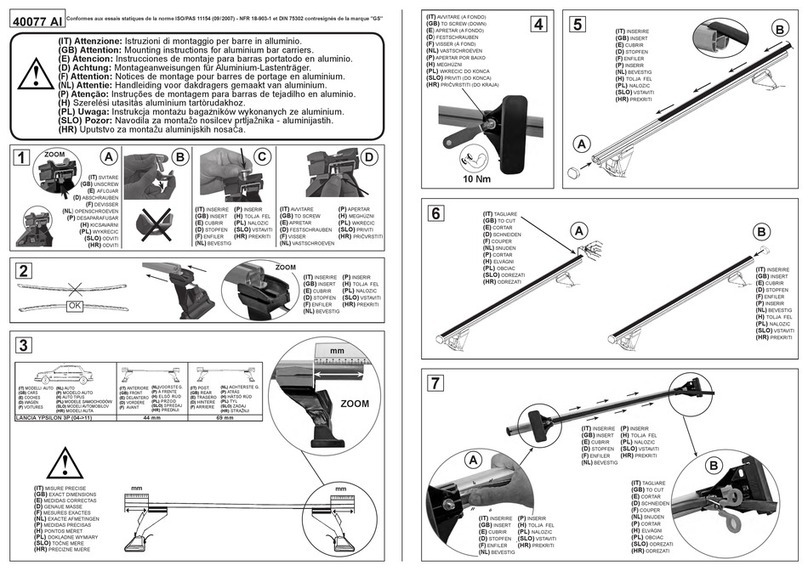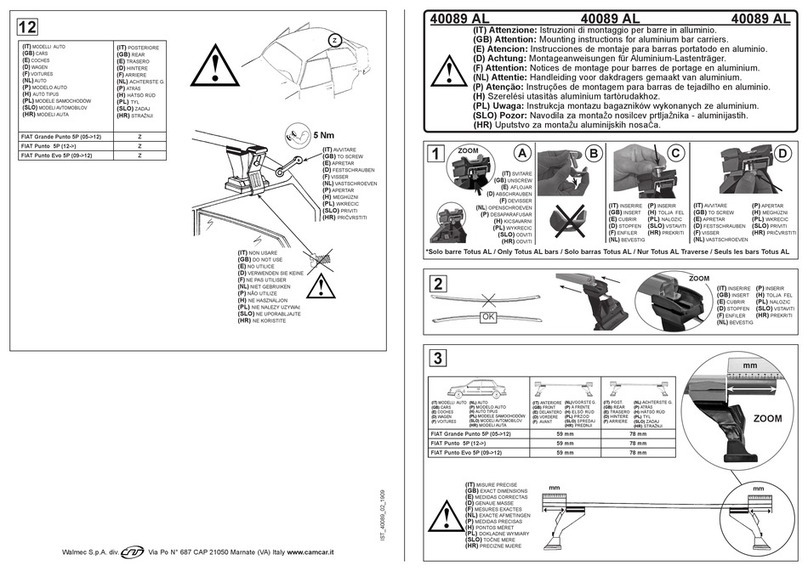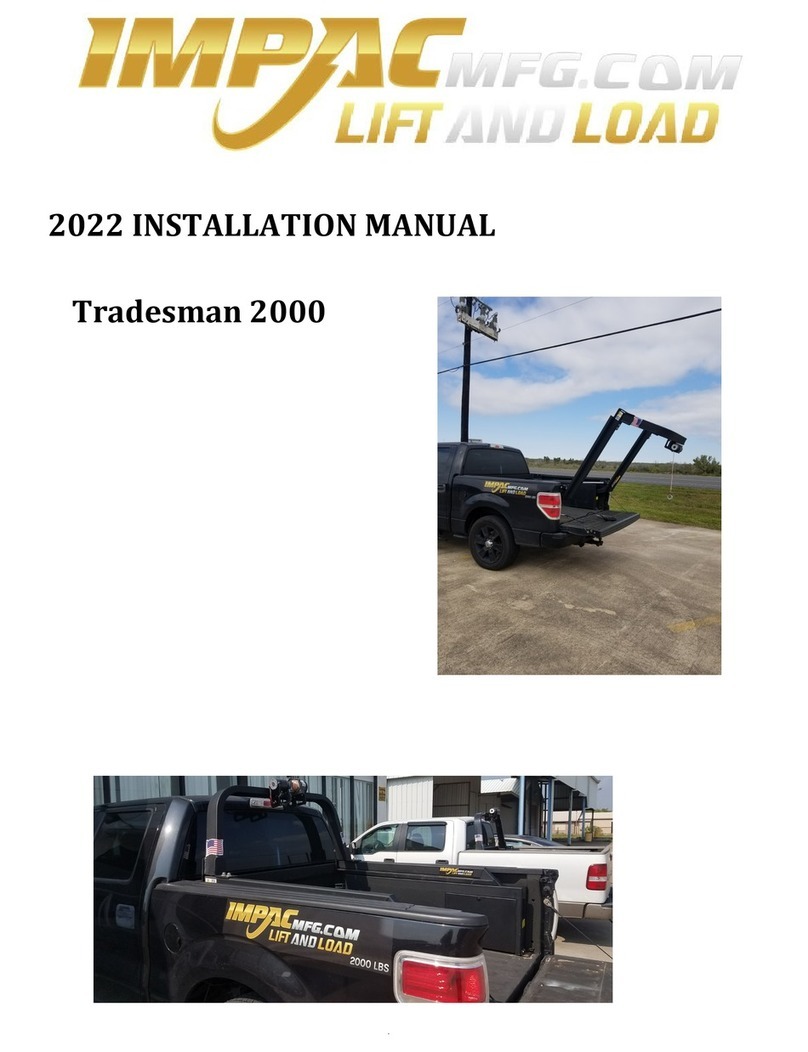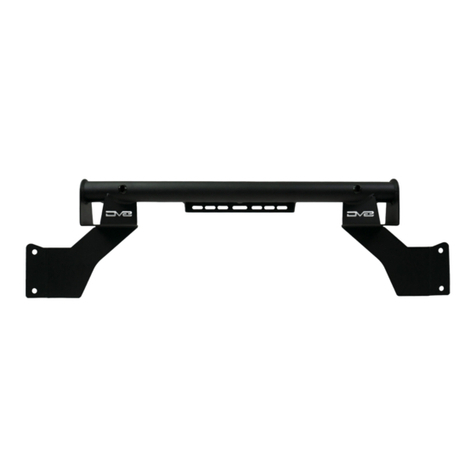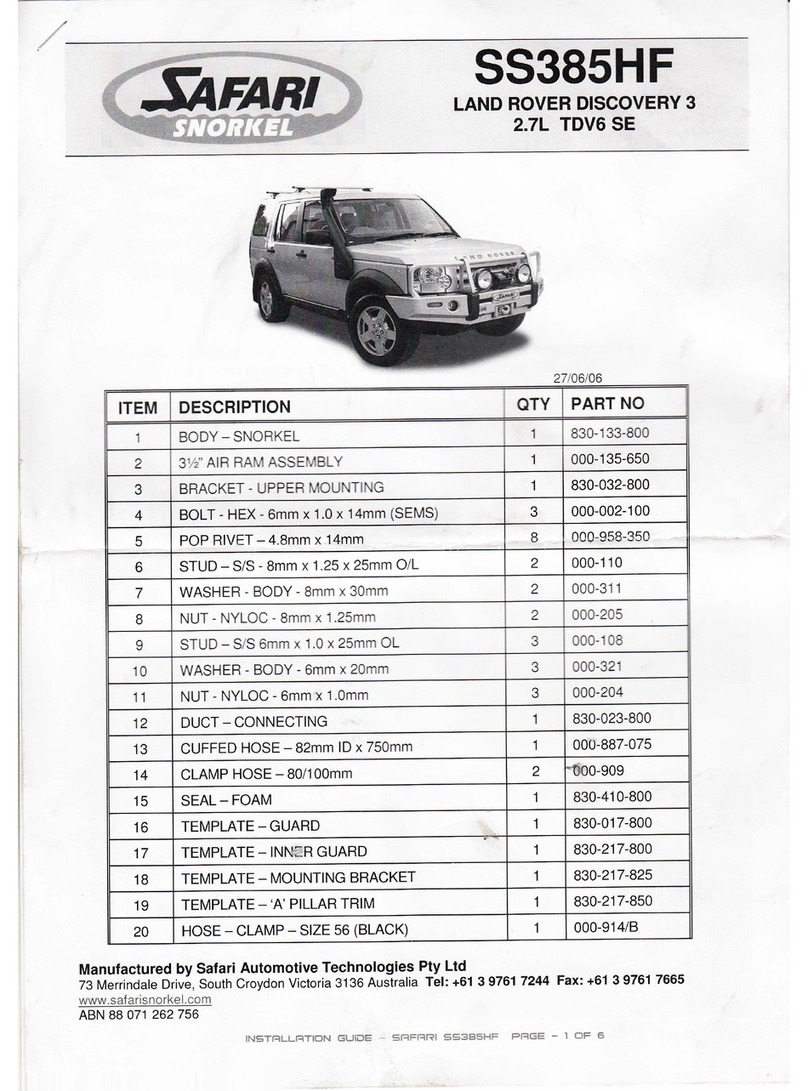
6
Setting and display items Setting details
Vane •Louver •Vent.
(Lossnay) Use to set the vane angle.
• Select a desired vane setting from 5 different settings.
Use to turn ON/OFF the louver.
• Select a desired setting from "ON" and "OFF."
Use to set the amount of ventilation.
• Select a desired setting from "OFF," "Low," and "High."
High power Use to reach the comfortable room temperature quickly.
• Units can be operated in the High-power mode for up to 30 minutes.
Timer ON/OFF timer* Use to set the operation ON/OFF times.
• Time can be set in 5-minute increments.
Auto-Off timer Use to set the Auto-OFF time.
• Time can be set to a value from 30 to 240 in 10-minute increments.
Use to check the filter status.
• The filter sign can be reset.
Filter information
Error information Use to check error information when an error occurs.
• Check code, error source, refrigerant address, unit model, manufacturing number, contact information (dealer's phone
number) can be displayed.
(The unit model, manufacturing number, and contact information need to be registered in advance to be displayed.)
Weekly timer* Use to set the weekly operation ON/OFF times.
Use to get the units to operate at the preset temperature after performing energy-save operation for a specified
• Up to 8 operation patterns can be set for each day.
(Not valid when the ON/OFF timer is enabled.)
Energy saving Auto return time period.
• Time can be set to a value from 30 and 120 in 10-minute increments.
(This function will not be valid when the preset temperature ranges are restricted.)
Schedule* Set the start/stop times to operate the units in the energy-save mode for each day of the week, and set the
energy-saving rate.
• Up to 4 energy-save operation patterns can be set for each day.
• Time can be set in 5-minute increments.
• Energy-saving rate can be set to a value from 0% and 50 to 90% in 10% increments.
Night setback* Use to make Night setback settings.
•
Select "Yes" to enable the setting, and "No" to disable the setting. The temperature range and the start/stop times can be set.
Restriction Temp. range Use to restrict the preset temperature range.
• Different temperature ranges can be set for different operation modes.
Operation lock Use to lock selected functions.
• The locked functions cannot be operated.
Initial setting Main/Sub When connecting 2 remote controllers, one of them needs to be designated as a sub controller.
Clock Use to set the current time.
Main display Use to switch between "Full" and "Basic" modes for the Main display.
• The initial setting is "Full."
Contrast Use to adjust screen contrast.
Daylight saving time Sets the daylight saving time.
Initial setting Display details Make the settings for the remote controller related items as necessary.
Clock: The initial settings are "Yes" and "24h" format.
Temperature: Set either Celsius (˚C) or Fahrenheit (˚F).
Room temp. : Set Show or Hide.
Auto mode: Set the Auto mode display or Only Auto display.
Auto mode Whether or not to use the AUTO mode can be selected by using the button.
This setting is valid only when indoor units with the AUTO mode function are connected.
Administrator
pass-
word
The administrator password is required to make the settings for the following items.
• Timer setting • Energy-save setting • Weekly timer setting
• Restriction setting • Outdoor unit silent mode setting • Night set back
Language selection Use to select the desired language.
Service Test run Select "Test run" from the Service menu to bring up theTest run menu.
• Test run • Drain pump test run
Input maintenance Select "Input maintenance Info." from the Service menu to bring up the Maintenance information screen.
The following settings can be made from the Maintenance Information screen.
• Model name input • Serial No.input • Dealer information input
Function setting Make the settings for the indoor unit functions via the remote controller as necessary.
LOSSNAY setting
(City Multi only) This setting is required only when the operation of City Multi units is interlocked with LOSSNAY units.
Check Error history: Display the error history and execute "delete error history".
Refrigerant leak check: Refrigerant leaks can be judged.
Smooth maintenance: The indoor and outdoor maintenance data can be displayed.
Request code: Details of the operation data including each thermistor temperature and error history can be checked.
Self check Error history of each unit can be checked via the remote controller.
Maintenance password Use to change the maintenance password.
Remote controller
check When the remote controller does not work properly, use the remote controller checking function to trouble-
shoot the problem.
* Clock setting is required.
HWE17030.qxd 17.11.9 16:28 Page 6
